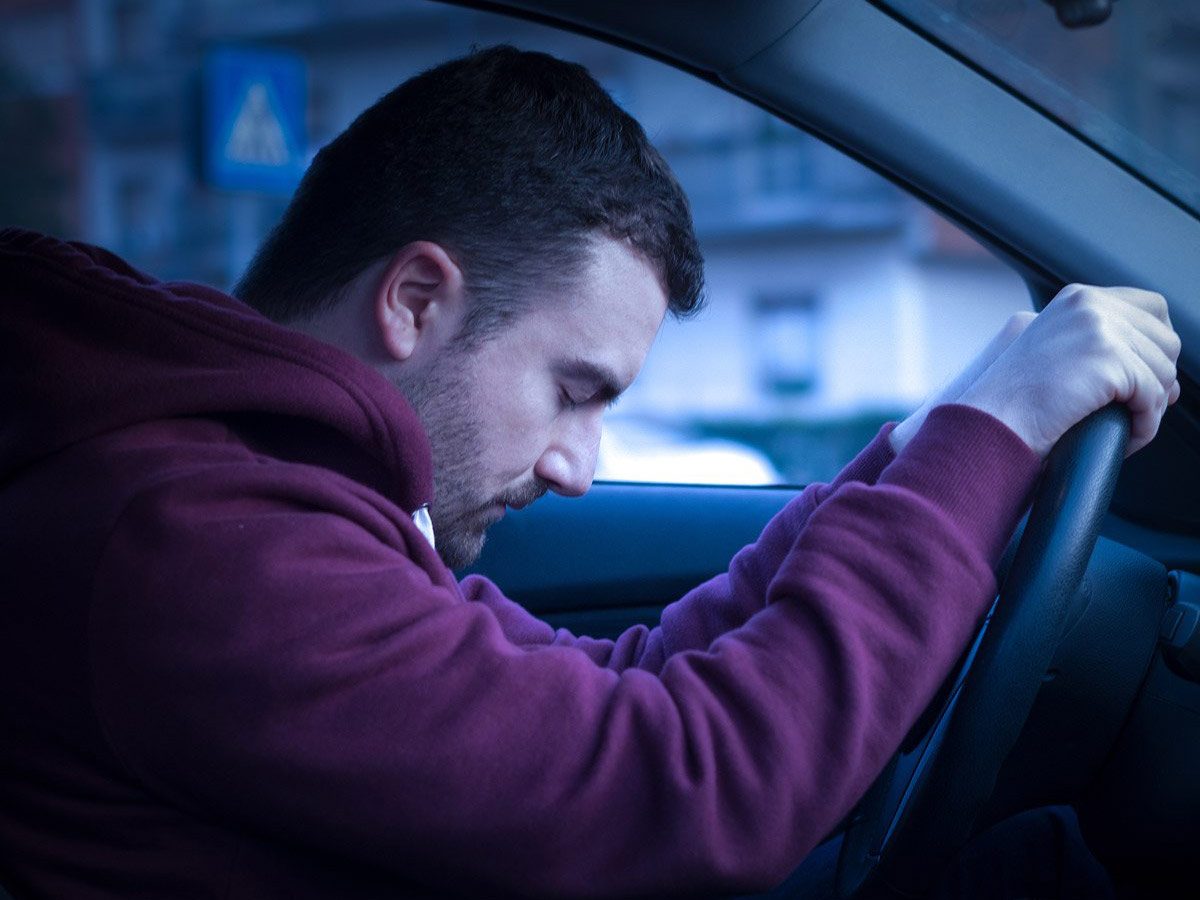
Driving tired
Driving while tired is every bit as dangerous as driving while under the influence. When sleepy, drivers have slower reaction times and are likely to fall asleep at the wheel. When your body needs rest, it’s going to get it, one way or another, so it’s best to just stop for a rest. You might get to your destination later than planned, but that’s a small price to pay for your safety and the drivers sharing the road with you.
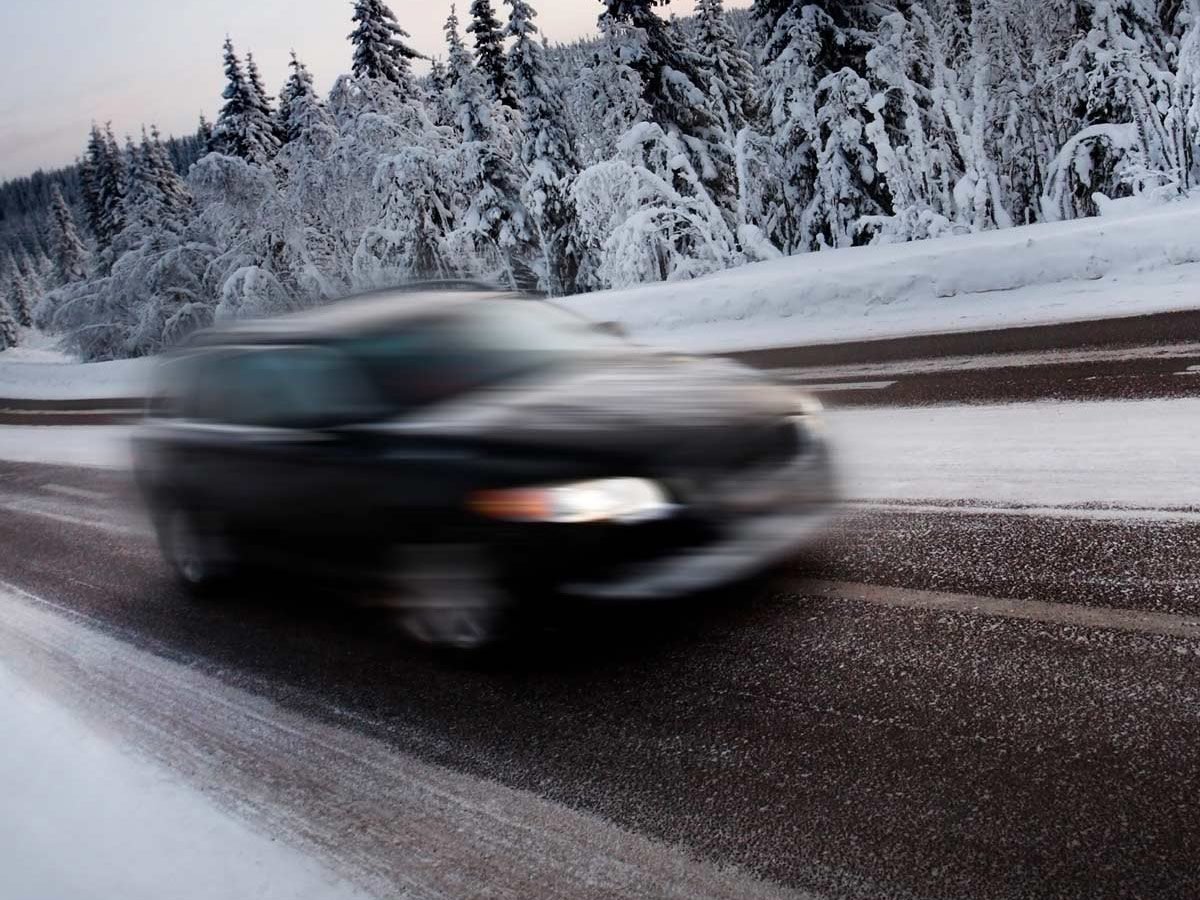
Speeding
Speeding is leading cause of traffic fatalities in North America. According to Carsurance, 27 percent of traffic fatalities on Canadian roads are the direct result of speeding. The faster you drive, the more likely it is the aftermath of the car crash will be worse. Speeding limits exist for drivers and passengers safety.
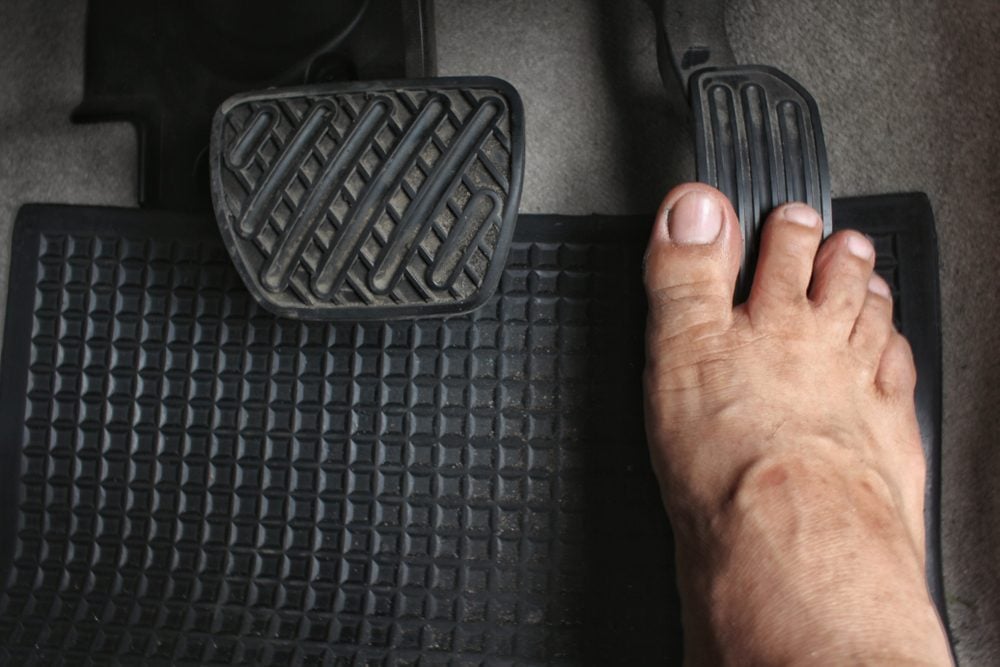
Driving barefoot
You probably know that driving barefoot isn’t the safest choice. When you’re used to driving in shoes, driving without them can feel foreign, and that’s not what you want when operating a motor vehicle. “It requires you to put more pressure on the pedals than you usually do when wearing shoes, says Laura Adams, a safety and education analyst at driversed.com. “That could affect your braking time, putting you at risk.”
Would you believe this is the safest seat in your car?
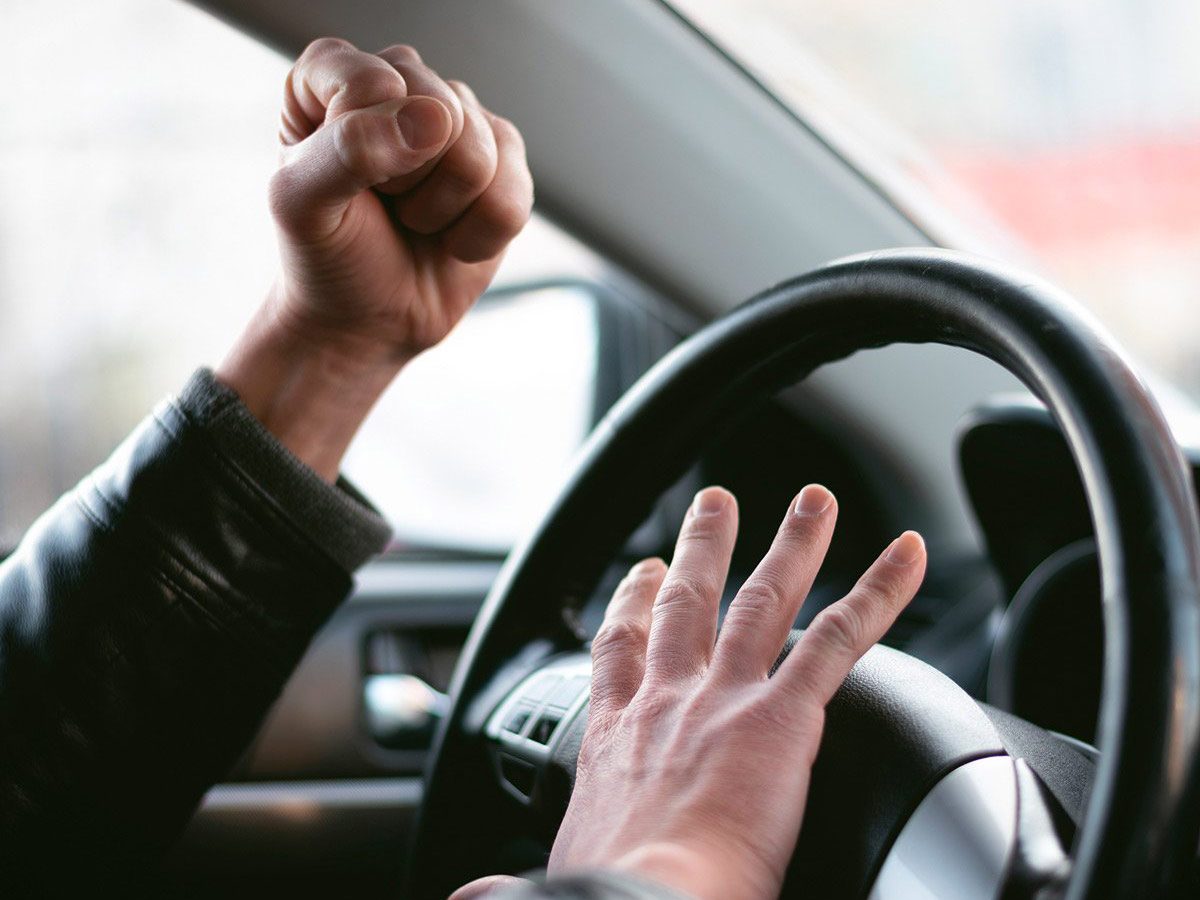
Road rage
According to J. Peter Kissinger, president of the AAA Foundation for Traffic Safety, “Aggressive driving contributes to 56 percent of all fatal car crashes.” Road rage, angry outbursts, and arguing in your car can make you vulnerable in more ways than one. According to a research review from the Harvard School of Public Health, it’s possible angry outbursts both on and off the road can trigger a heart attack or stroke hours later.
Learn how to avoid becoming a victim of road rage.
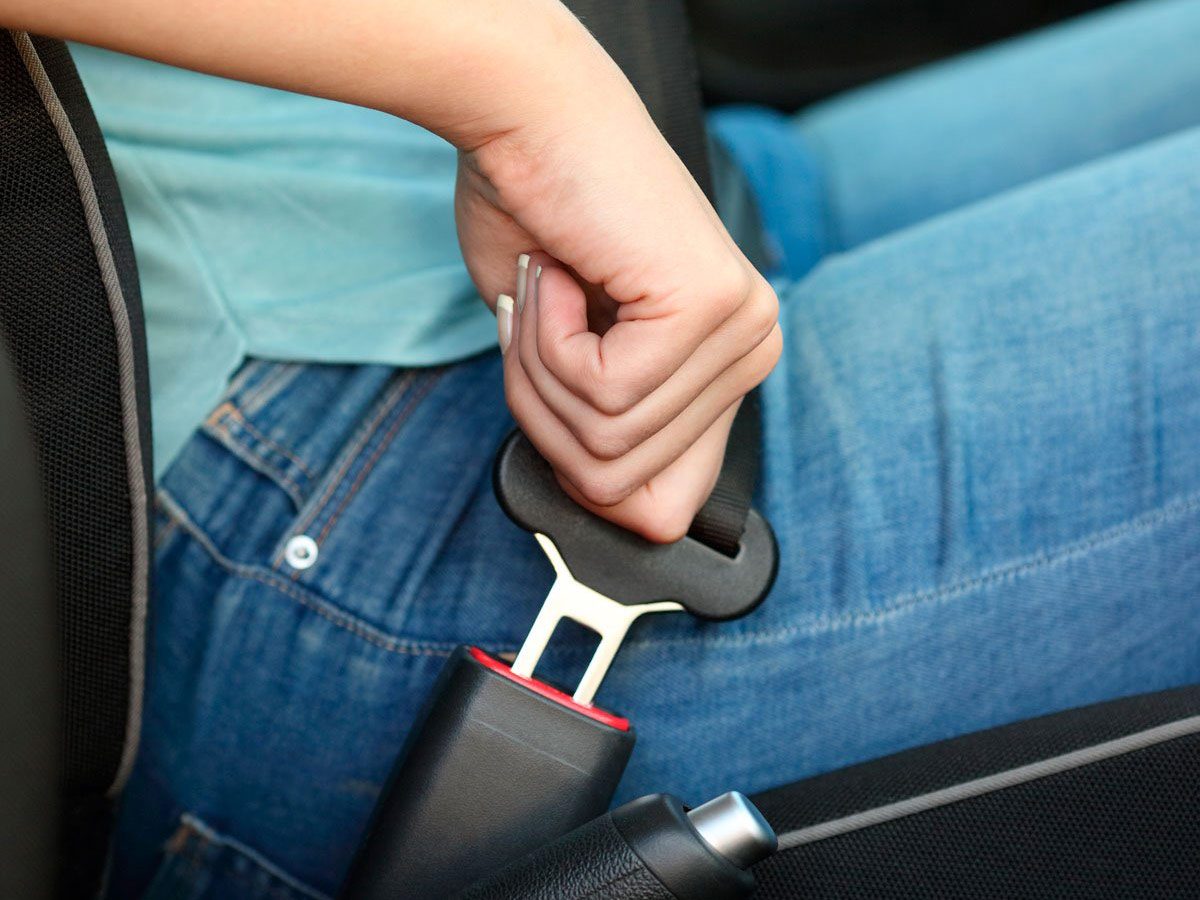
Not wearing your seatbelt
Putting on a seat belt is such an easy thing to do. According to Halton Police, seat belts save approximately 1,000 Canadian lives a year. Airbags make cars safer, but they’re designed to work in conjunction with seat belts, which help prevent passenger ejection during high speed crashes and rollovers.
Find out if your car is ready for a road trip.
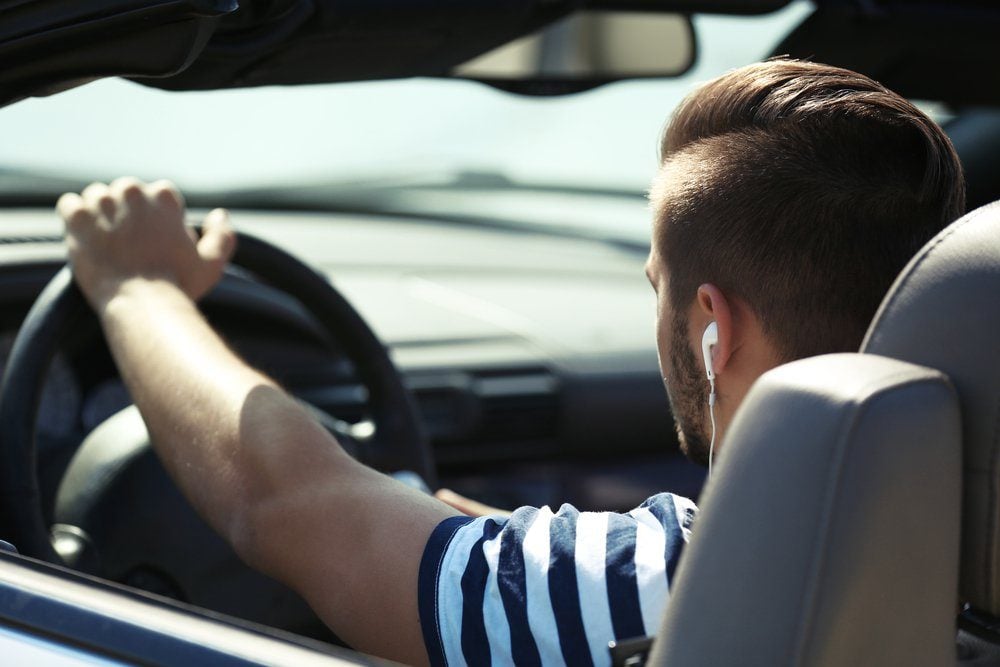
Using headphones
Music during road trips and long commutes aren’t a problem, but using headphones isn’t the best thing to do while driving in your car. Richard Reina, product training director at the aftermarket auto retailer CARiD.com, says “headphones decrease your awareness even more by filtering out other noises more than just your car’s speakers.”
Here’s why you should always open your car door with your right hand.
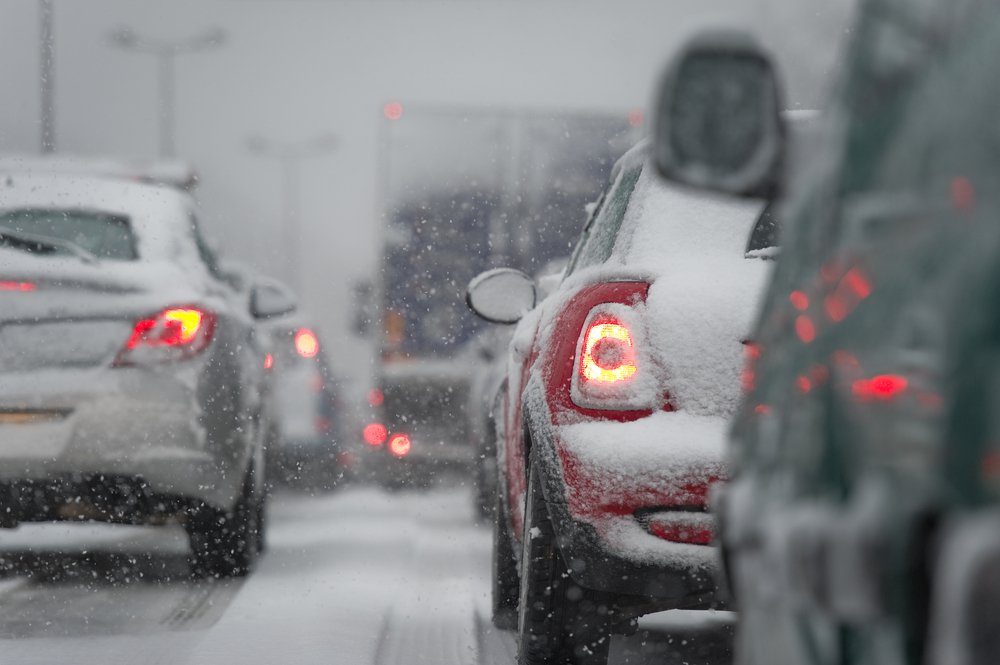
Reckless driving in unsafe weather conditions
When the roads get bad because of weather conditions, slowing down and being hyper aware of your surroundings is the best way to avoid an accident. Unfortunately, not everyone follows this common sense rule. If you’re lucky enough to have all-wheel drive on your vehicle, this isn’t an excuse for driving fast in bad weather. So be safe, slow down and leave more than a little space between your car and the one in front of you.
Find out 13 winter driving mistakes that put you in danger.
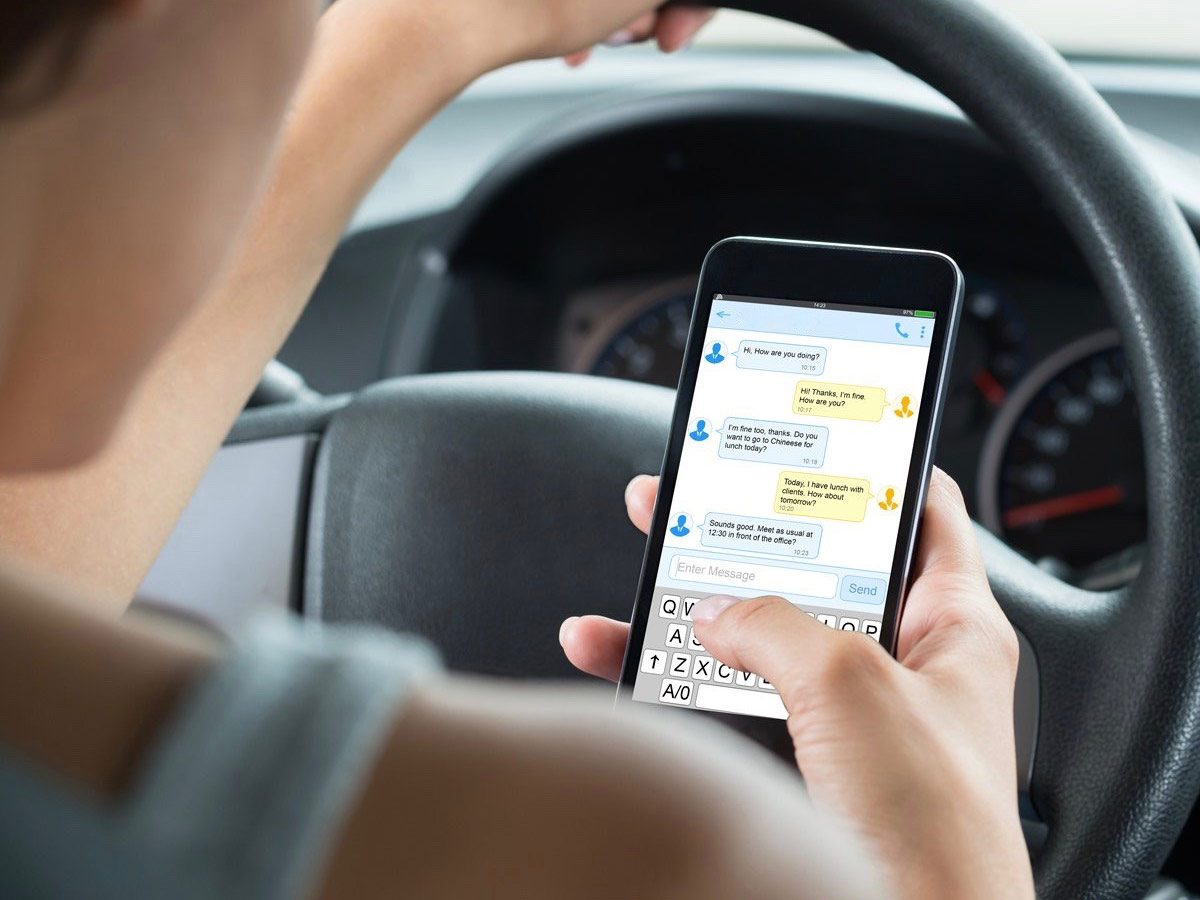
Distracted driving
This is another no-no, and it’s really just basic common sense to keep your eyes on the road. Despite knowing the dangers of texting and driving, many people still do it. If using your cell phone for anything other than directions while driving is a temptation, simply turn it off. That way, you won’t feel obligated to pick it up and respond to a text or answer a call when you hear the notification ding or phone call ring.
Use these tricks to stop texting and driving once and for all.
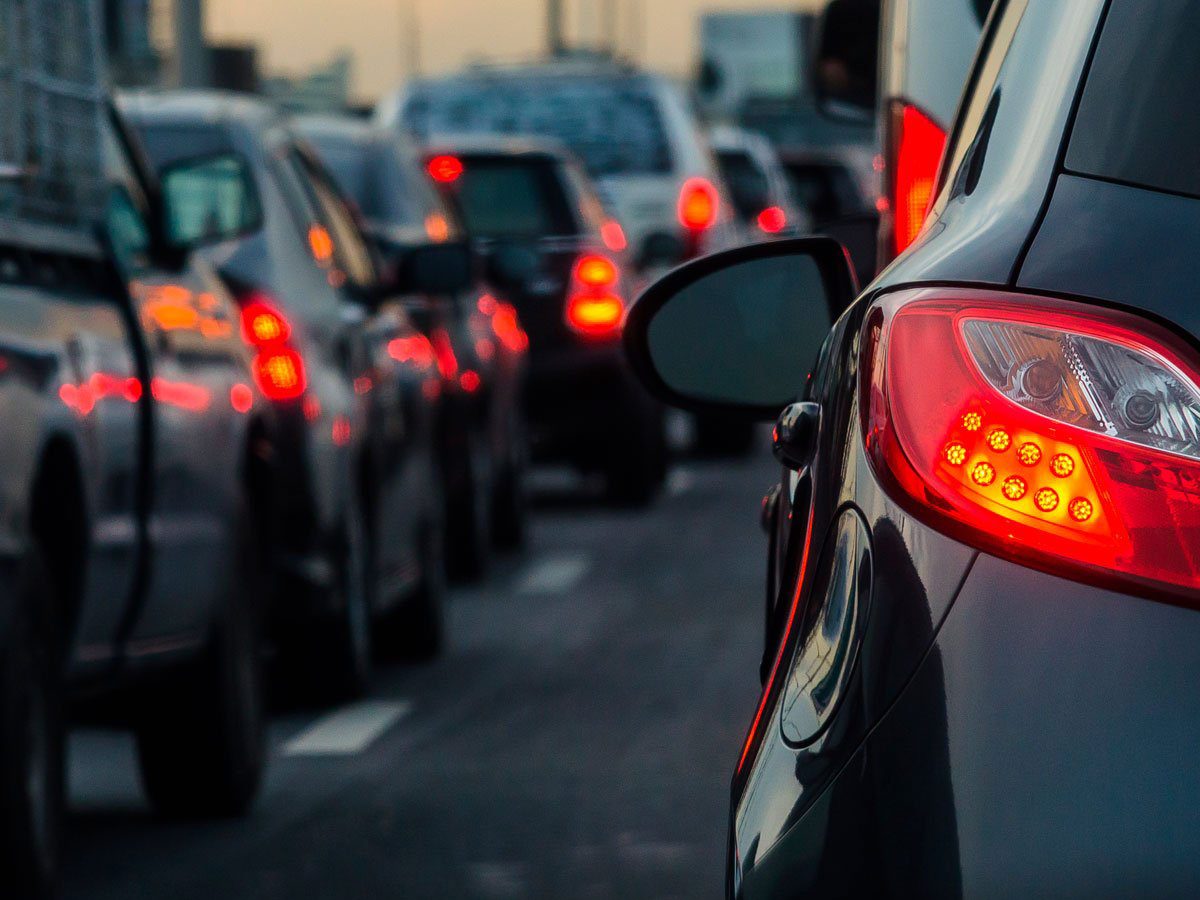
Tailgating
Driving extremely close to the car in front of you is dangerous, and if they stop suddenly, you are at fault for the accident. However, if the car behind you is tailgating and honking, pull over and let it by; it may be a legitimate emergency. If a car is tailgating you on the highway for no apparent reason, pull over to the right-hand lane as soon as it’s safe for you to do so and let the driver pass. Even when it’s not your “fault,” it is unsafe to travel with another vehicle at such close proximity.
Here’s why you should never follow a friend when you’re driving.

Driving under the influence
We all know the effects of drunk driving or driving while under any kind of influence, so let’s just keep it at this: don’t do it. Follow common-sense guidelines like taking a taxi, ride-sharing, or using a designated driver if you’re planning on drinking alcohol.
Check out 20 great car gadgets that make driving safer.
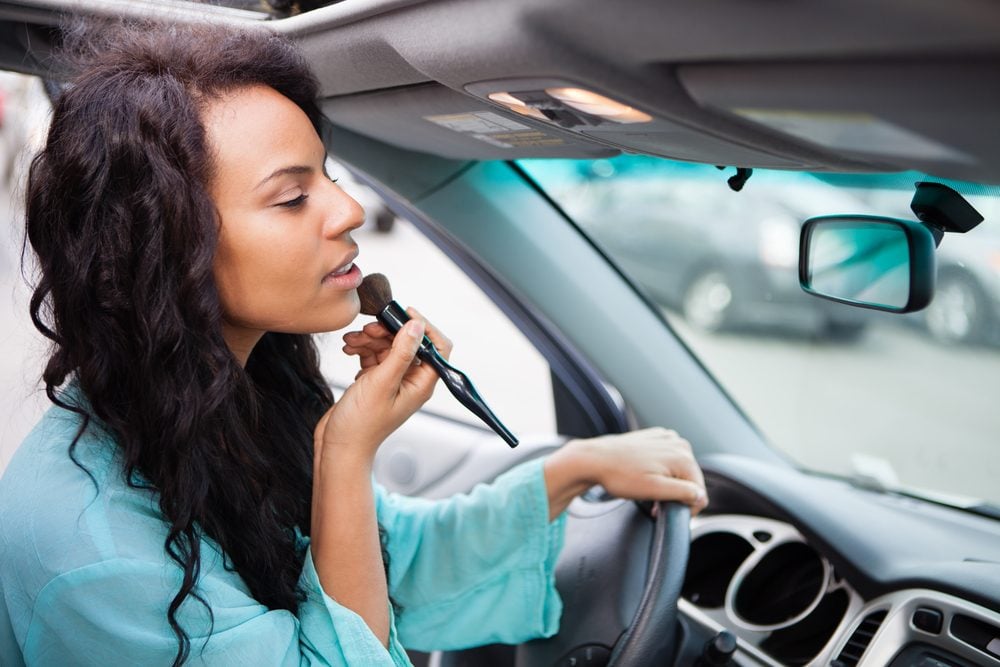
Careless driving
Focusing on anything other than driving means you’re distracted and more prone to accidents. “Putting on make-up while driving, along with any other distracting activities, doubles the reaction time a driver needs to put their foot on the brake,” says Stephanie Schwartz, owner of Roadrunner Traffic School. Many people also adjust their mirrors to see themselves while they’re putting on their makeup, which means they’re not using the mirror to look at the cars around them. Even if you’re parked, keeping your makeup in your car is a bad idea, as extreme temperatures could damage your products, per the Zoe Report.
Find out 13 more things you’re doing in your car, but shouldn’t.
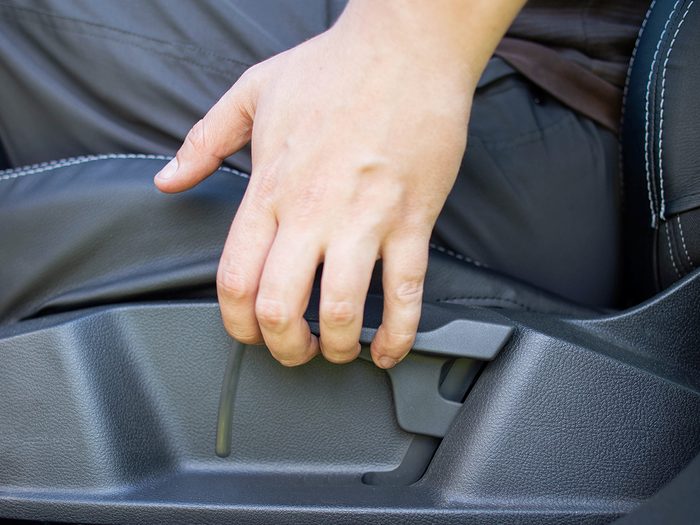
Driving with your seat too far back
Drivers should be in the best possible position to control their car—and you don’t have that same control if you’re too far from the wheel. “Aside from your ability to reach the pedals and react quickly to road events, you may need to control your lights, wipers, or other systems at a moment’s notice and have a hard time doing so if you’re seated too far back,” Reina says.
Next, check out 10 pro tips for driving in wet weather.